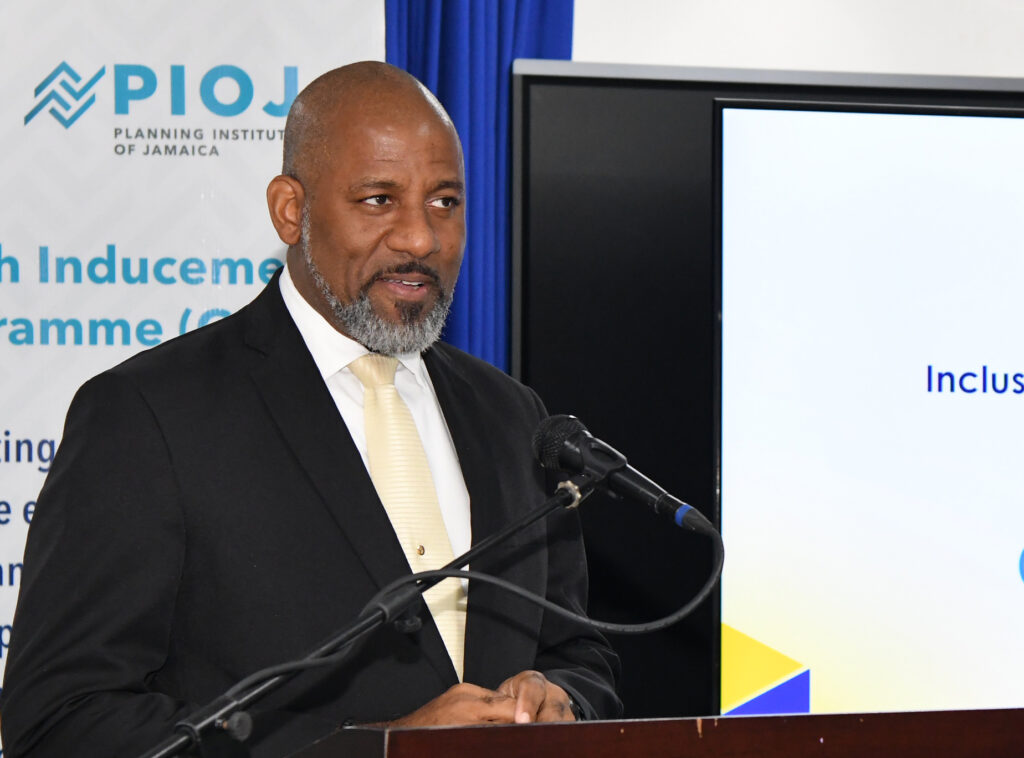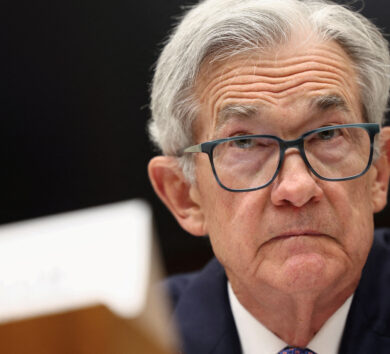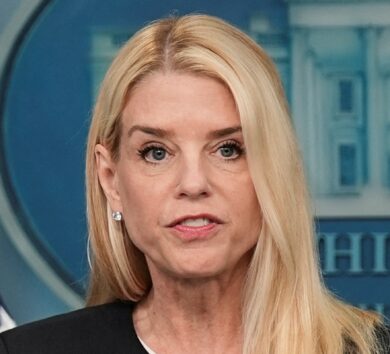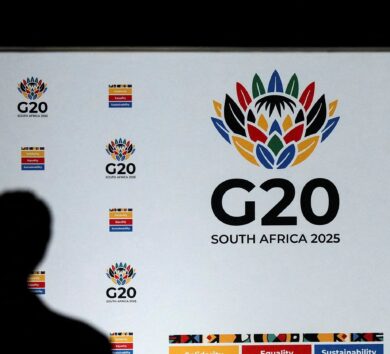
Precipitous fall of 84.3 per cent to US$110.9 million last year

Durrant Pate/Contributor
The Planning Institute of Jamaica (PIOJ) has released new data showing Jamaica’s dwindling Official Development Assistance (ODA), which tumbled to US$110.9 million from J$19.4 billion last year.
This represents a precipitous fall of 84.3 per cent compared with 2022, when an amount of US$13.4 million (J$2.1 billion) was approved by the Global Fund to fight AIDS, tuberculosis, and malaria for its new Jamaica programming cycle.
ODA is defined as concessionary loans, grants, and technical assistance to developing countries for the promotion of their economic development and welfare as its main objective.
In its 2023 Economic and Social Survey, which was tabled in parliament last week, the PIOJ says the 2019–2023 period saw new ODA amounting to some US$1.0 billion (J$155.0 billion), with loans and grant resources totalling US$620 million (J$96.1 billion) and US$392.0 million (J$60.8 billion), respectively.
Downward trend in new ODA
New ODA reflected a general downward trend with the exception of 2020 and 2021, when increased International Development Partners (IDPs) support was provided for the COVID-19 response and post COVID macroeconomic stabilization.

Loan approvals totalled US$30.0 million (J$4.6 billion) a 70.0 per cent reduction compared with the previous year, while newly approved grants were US$80.9 million (J$12.5 billion) representing a 16.2 per cent increase.
This change is aligned with the Government of Jamaica’s (GOJ’s policy to secure more grant resources for development projects. Assistance from Multilateral Financing Institutions (MFIs) amounted to US$49.9 million (J$7.7 billion), a 51.9 per cent decrease mainly attributed to the absence of new policy-based loans.
The bilateral partners approved grant funding in the amount of US$53.8 million (J$8.3 billion), an increase of 20.4 per cent compared with 2022. This increase can be due to the approval of a US$18.6 million (J$2.9 billion) grant from the United Kingdom to support a violence prevention project. Support from the MTC agencies totalled US$3.1 million ($480.5 million).
ODA sectoral allocations
The sectoral allocation of new ODA is as follows:
- Administrative, which included public sector reform, justice, budget support and governance, US$29.2 million (J$4.5 billion).
- Directly productive which included agriculture, tourism, mining and MSME, cost US$1.2 million (J$186.0 million).
- Economic infrastructure, which included transport, power, water, and sewerage, cost US$400 000 (J$62.0 million).
- Environment and climate change, which included natural hazards, ecosystem preservation, disaster risk reduction, and climate change resilience, cost US$7.7 million (J$1.2 billion).
- Social infrastructure which included health, education, housing and social safety net, US$72.5 million (J$11.2 billion).
Total disbursements
Disbursements of loans and grants for new and ongoing projects totalled US$243.2 million (J$37.7 billion), a 41.5 per cent decrease compared with 2022. Loan disbursements amounted to US$117.3 million ($18.2 billion), while grant disbursements totalled US$126.0 million (J$19.5 billion)
Contributing factors to the reduction in disbursements included the absence of quick disbursing policy-based loans for the year, as well as lower disbursements on the Southern Coastal Highway Improvement Project, as it approached its completion date.
Loan disbursements from the GOJ’s multilateral lending partners (IDB, CDB and World Bank) and the PRC amounted to US$117.7 million (J$18.2 billion), representing a decrease of US$130.5 million (J$20.2 billion).
However, there was a 7.9 per cent increase in principal repayments to lending partners compared with the previous year. The GOJ continued to maintain a negative net flow position amounting to US$331.9 million (J$51.4 billion).







Comments